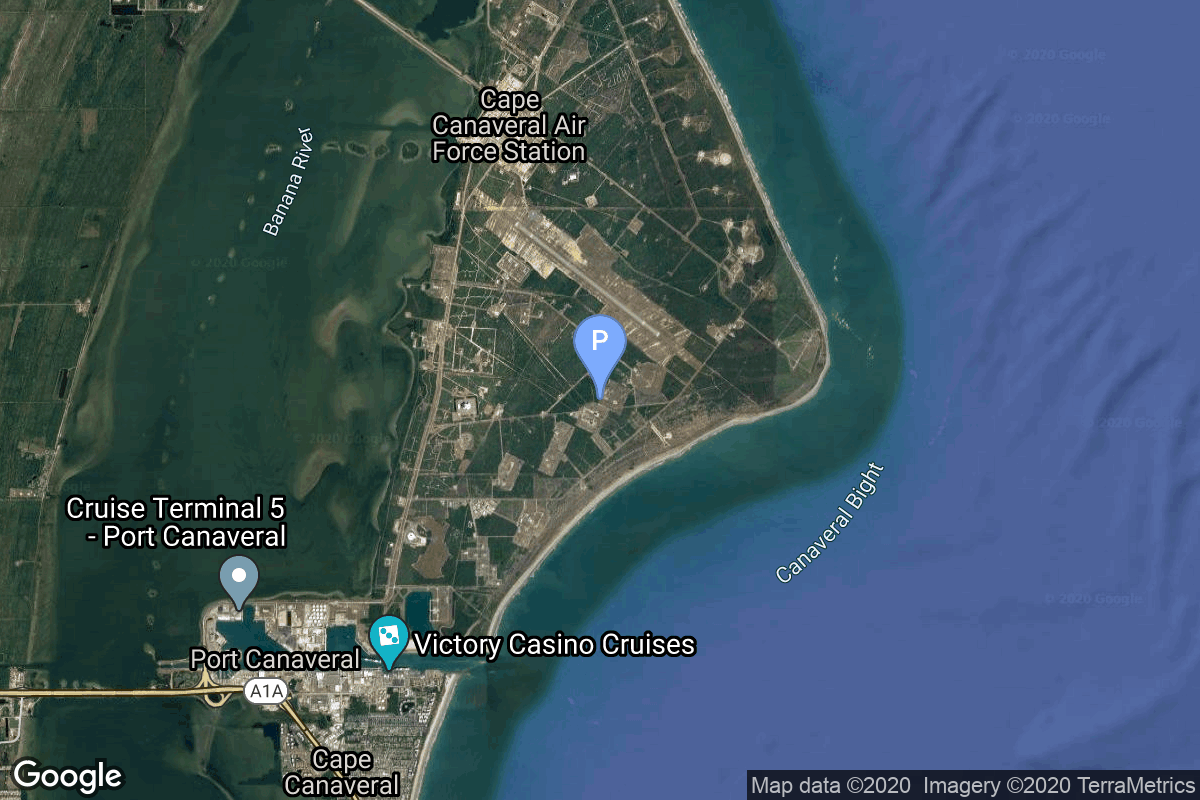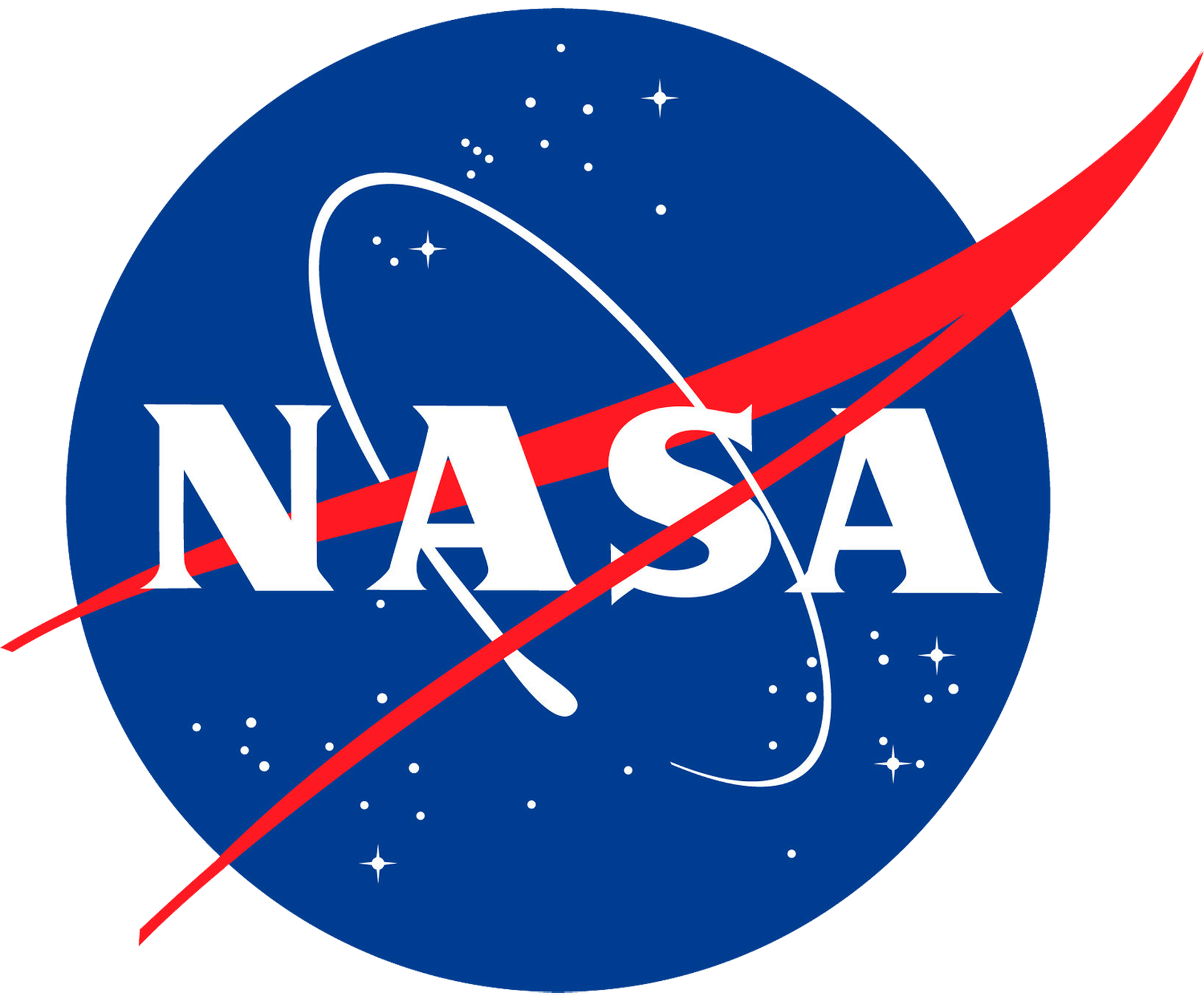Mercury-Scout 1
Blue Scout II
National Aeronautics and Space Administration
Launch Status
FailureMission
Mercury-Scout 1
- Type: Communications
- Orbit: Low Earth Orbit
Mercury-Scout 1, or MS-1, was a United States spacecraft intended to test tracking stations for Project Mercury flights. The launch of Mercury-Scout 1 on November 1, 1961 was unsuccessful, and the satellite failed to achieve orbit.
Location
Rocket
Agency
National Aeronautics and Space Administration
The National Aeronautics and Space Administration is an independent agency of the executive branch of the United States federal government responsible for the civilian space program, as well as aeronautics and aerospace research. NASA have many launch facilities but most are inactive. The most commonly used pad will be LC-39B at Kennedy Space Center in Florida.


